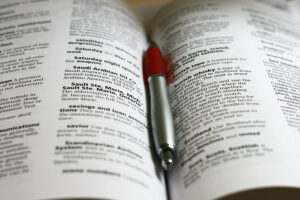In public relations, a single error can make or break whether or not your press release will be picked up by an editor. Mickie Kennedy of PR Daily provides six essential tips to keep in mind when writing a press release, specifically following the Associated Press grammatical guidelines:
1. Set your objective in the introduction. Set your goal at the beginning of the release. If a journalist reads the first line or two of your release and doesn’t find the objective, he’ll toss your release and move on to the next one.
2. Cover the five Ws in the body copy. Once you have a reporter’s attention, you need to deliver the pay off. Follow the five Ws to make this happen (who, what, when, where, why). In other words, make sure you give the editor all the information she needs to write a full story. Because of their tight deadlines, editors don’t have time to dig deep.
3. Check your spacing. Here’s where it gets a little more technical. While it may seem picky, you should only use one space after punctuation—none before. This may seem different to you, as some people like to add two spaces after punctuation.
4. Drop that extra comma. When you list items in a series, you typically have the option to use a comma before that last “and.” For example:
I ate bananas, peanut butter, and chocolate.
I ate bananas, peanut butter and chocolate.
When you follow AP Style, drop that last comma. I like that last comma, but I’ve made myself stop using it in press releases.
5. Use full names and titles only when you introduce someone. When you first introduce someone, like a CEO, in your release, give his or her full name and title. But don’t keep doing so, as it will prove superfluous and make your writing sound clunky. After the introduction, simply use the last name.
6. Get numbers right. AP Style rules for numbers are a bit tricky. Spell out numbers one through nine. After that, use numerals like “10.” Also use numbers for dates, and abbreviate months with more than five letters.


